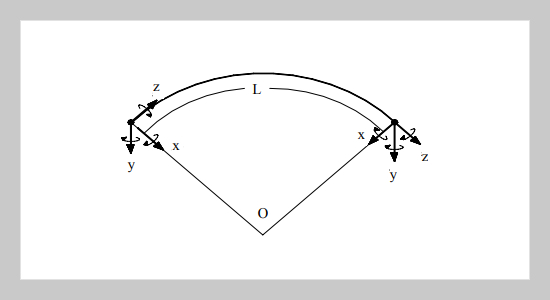Ying-Hui Lei 1 and Yu-Lin Chien1 1Department of Civil Engineering Tamkang University Tamsui,Taiwan 251, R.O.C.
Received:
December 3, 2003
Accepted:
December 31, 2003
Publication Date:
March 1, 2004
Download Citation:
||https://doi.org/10.6180/jase.2004.7.1.04
Although, compared to the use of the conventional straight bridge, the adoption of the curved bridge will usually take higher price in construction and more sophisticated thinking in designing, this type of structures are, however, met frequently at freeway interchanges or some spots under changeable terrain. Even subjected to the seismic force acting along a fixed direction, nonlinear isolators installed in the curved bridge would move in an extremely unpredicted way. Accordingly, the proper description for the relationship between force and displacement of the isolator hence becomes a crucial work to do. In this research, the effective analytical scheme for estimating the stressed conditions of isolators including both lead rubber bearing (L.R.B.) and friction pendulum system (F.P.S.) will be established first, and then the dynamic behavior of a series of isolated curved bridges subjected to the earthquake either with a typical low-frequency or high-frequency content of acceleration will be investigated in detail afterward. It is shown in the results that isolation performance on base shear reduction will be closely related to the content of earthquake and the curvature angle of structure.ABSTRACT
Keywords:
Curved Bridges, Isolation Effects, LRB, FPS, Content of Acceleration
REFERENCES
















